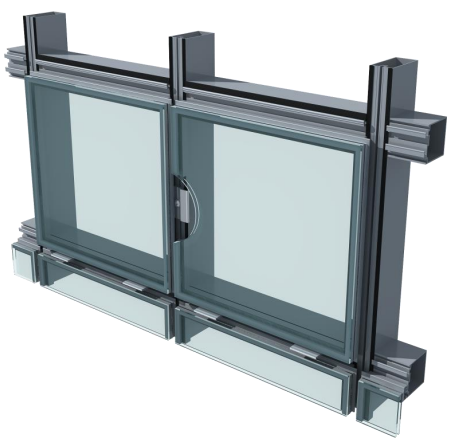

Understanding the Types of Tinted Glass
Tinted glass is a popular material in both residential and commercial buildings, serving a variety of purposes, from aesthetic appeal to functional benefits. This article explores the different types of tinted glass, their applications, benefits, and how they can enhance both the appearance and performance of windows.
What is Tinted Glass?
Tinted glass is simply glass that has been treated with a special coating or has added color during its manufacturing process. This treatment reduces the amount of light that passes through the glass, which can help in a variety of ways, including minimizing glare, improving energy efficiency, and adding privacy. Tinted glass can be found in various shades, each providing different levels of performance and visual effects.
Types of Tinted Glass
1. Solar Control Glass This type of tinted glass is specifically designed to control solar heat gain. It typically features a layer that reflects a significant portion of the sun's heat while allowing natural light to filter through. Solar control glass is excellent for buildings in hot climates, as it helps maintain a comfortable indoor temperature and reduces reliance on air conditioning systems.
2. Privacy Glass Privacy glass often comes in darker shades or with a frosted finish, providing a sense of seclusion without completely blocking natural light. This type of glass is commonly used in bathrooms, conference rooms, and areas where privacy is paramount. Its aesthetic appeal often complements modern architectural designs.
3. Reflective Glass Reflective tinted glass has a coating that reflects light, creating a mirrored effect on the exterior. This not only enhances privacy but also reduces glare and heat gain. Reflective glass is often used in commercial buildings and skyscrapers, as it helps to achieve an impressive visual appearance while enhancing energy efficiency.
4. Low-E Glass Low emissivity (Low-E) glass has a special coating that reflects heat back into the building while allowing visible light to pass through. While not technically tinted in the traditional sense, Low-E glass offers similar benefits by improving thermal insulation. It is an excellent choice for climates with extreme seasonal temperature variations.
5. Colored Tinted Glass This type of glass is straightforward—it's tinted in various colors, such as blue, gray, bronze, or green. Colored tinted glass is often used for decorative purposes but can also provide some degree of heat control and glare reduction. It’s commonly seen in both residential settings, such as stained glass windows, and commercial buildings where aesthetic value is essential.

Benefits of Tinted Glass
The use of tinted glass offers numerous advantages
- Energy Efficiency Tinted glass can help regulate indoor temperatures, reducing the need for heating and cooling systems. This, in turn, lowers energy costs and minimizes the environmental impact.
- Glare Reduction Glare from sunlight can be uncomfortable and distracting. Tinted glass effectively reduces glare, creating a more comfortable environment for occupants.
- UV Protection Tinted glass can block harmful ultraviolet (UV) rays, protecting furniture, flooring, and artworks from fading over time.
- Enhanced Privacy With varying degrees of opacity, tinted glass can provide privacy without sacrificing daylight.
- Aesthetic Appeal Tinted glass adds character to buildings and can be customized to fit the architectural style of a project.
Conclusion
In conclusion, tinted glass is a versatile and functional solution for modern buildings, combining aesthetics with performance. Understanding the different types of tinted glass available allows homeowners and architects to make informed decisions based on their specific needs, whether that be energy efficiency, privacy, or design. By incorporating tinted glass into architectural designs, it is possible to enhance both the functionality and beauty of any space.